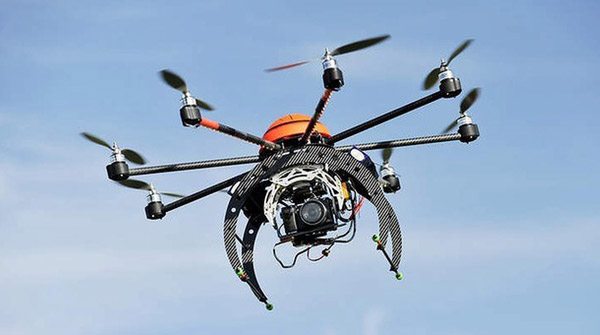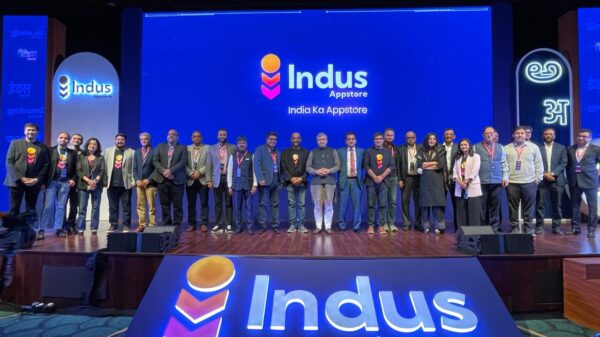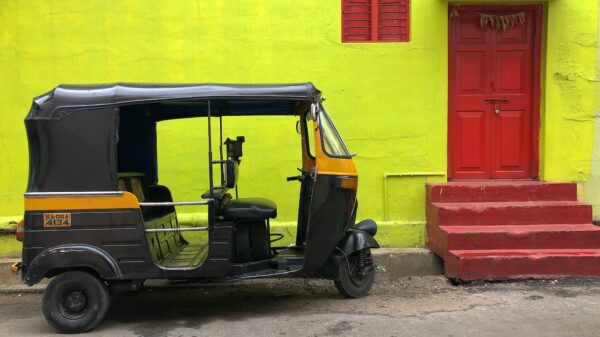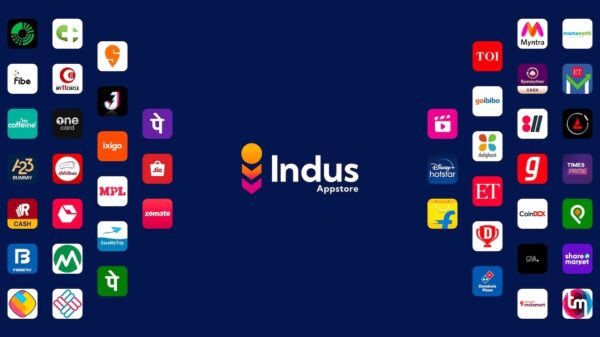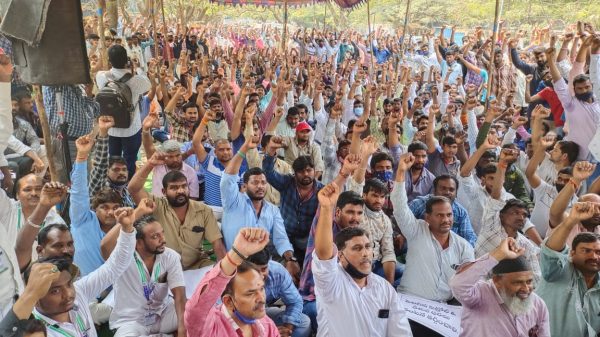India’s 4G LTE availability rate—the proportion of time users have access to 4G—is growing at a faster pace but at the cost of tragically low average speeds. Wireless mapping company OpenSignal said in its ‘The State of LTE 2017’ report that 4G availability rate in India was at 81.56%, driven by “a rare instance in which a single operator (had an) outsized impact on a mobile market in just a short time”. However, LTE speeds in India are low when compared to other countries: among 75 nations, India stood second last with an average 4G speed of just 5.14 Mbps. On the other hand, in terms of 4G LTE availability, India took 15th spot. There are several factors which can affect delivery and speed of 4G LTE networks in a region, and as per Open Signal, following factors are directly correlated to LTE speeds: 1)“How much spectrum is devoted to LTE”: Remember that during 2016 spectrum auctions, telcos boycotted bidding for the premier 700 MHz spectrum meant for LTE, citing high prices. 2)“Whether it (country) has adopted new 4G technologies like LTE-Advanced”: As of now, Airtel claims to have deployed LTE-Advanced (basically LTE v 2.0 with better speeds). Airtel combines 2300 MHz and 1800 MHz spectrum for LTE-A. New entrant Jio was also reportedly testing this, but there is no official word on this yet. Note that, smartphones also need to support LTE-A capabilities, without which an LTE-A network is unworkable. 3)“How densely networks are built and how much congestion…


